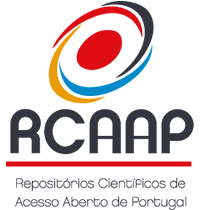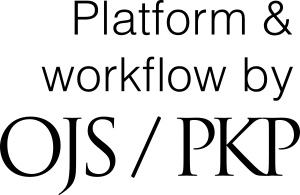eDNA metabarcoding as a way to evaluate myxozoan presence and diversity in the sediment of a transboundary estuary
DOI:
https://doi.org/10.48797/sl.2023.71Keywords:
PosterAbstract
Background: Myxozoans are a diverse group of cnidarian endoparasites cosmopolitan in the aquatic environment, responsible for causing serious diseases in fish [1]. Traditional methods of detection and characterization of these parasites are very cumbersome and complex by nature [1-3]. Therefore, it is essential to implement simpler, non-destructive approaches to assess myxozoan presence and diversity, such as eDNA analysis [3]. Most eDNA-based parasitological assessments focus on water samples to indicate potential disease risk. However, Turner et al. [4] demonstrated that fish DNA is more concentrated in sediment than in water, which could also be true for myxozoan DNA. Objective: This study aimed to compare traditional methods of myxozoan detection versus a novel eDNA approach from sediment samples. Methods: Sediment was collected monthly from the three distinct stretches of the Minho River estuary, near Caminha (lower estuary), Boega (middle estuary), and Morraceira (upper estuary). Collected annelids were identified and microscopically surveyed for myxozoan infection. eDNA was extracted from the sediment samples and a nested PCR protocol targeting a variable region of the 18S rDNA (450–490 bp) was performed using metabarcoding primers [3]. Results: A total of 1,746 oligochaetes and 327 polychaetes were isolated, among which only one oligochaete collected in September from the upper estuary displayed microscopic evidence of myxozoan infection. Actinospores were identified as belonging to the sphaeractinomyxon collective group, based on morphology and 18S rDNA sequence. Conversely, eDNA metabarcoding from sediment samples revealed positive amplification throughout the sampling period, and in all three locations. Preliminary results identified amplicons with the highest genetic similarity with myxozoan 18S rDNA sequences. Conclusion: This work highlights the utility of eDNA metabarcoding of sediment samples for evaluating myxozoan presence and diversity in estuarine environments, allowing the acquisition of high-fidelity results at a faster rate and superior sensitivity than those obtained via traditional methods.
References
1. Okamura, B., Gruhl, A., Bartholomew, J.L. Myxozoan Evolution, Ecology and Development. Springer Interna-tional Publishing: Switzerland, 2015; pp. 441.
2. Bell, A.S., Ranford-Cartwright, L.C. Real-time quantitative PCR in parasitology. Trends Parasitol. 2002, 18, 337–342.
3. Hartikainen, H., Bass, D. Briscoe, A.G., Knipe, H., Green, A.J., Okamura, B. Assessing myxozoan presence and diversity using environmental DNA. Int. J. Parasitol. 2016, 46, 781–792.
4. Turner, C.R. Fish environmental DNA is more concentrated in aquatic sediments than surface water. Biol. Con-serv. 2014, 183, 93–102.
Downloads
Published
How to Cite
Issue
Section
License
Copyright (c) 2023 G. Ferreira , A. Machado, S. Rocha

This work is licensed under a Creative Commons Attribution 4.0 International License.
In Scientific Letters, articles are published under a CC-BY license (Creative Commons Attribution 4.0 International License), the most open license available. The users can share (copy and redistribute the material in any medium or format) and adapt (remix, transform, and build upon the material for any purpose, even commercially), as long as they give appropriate credit, provide a link to the license, and indicate if changes were made (read the full text of the license terms and conditions of use).
The author is the owner of the copyright.









